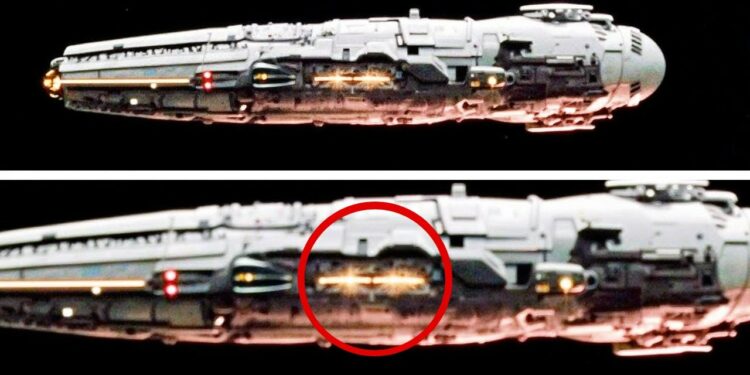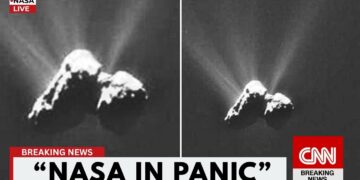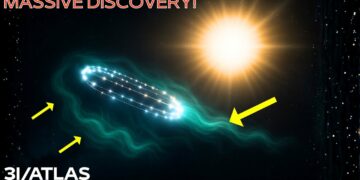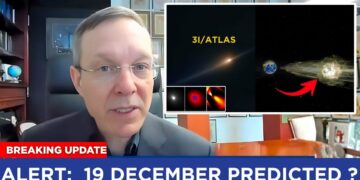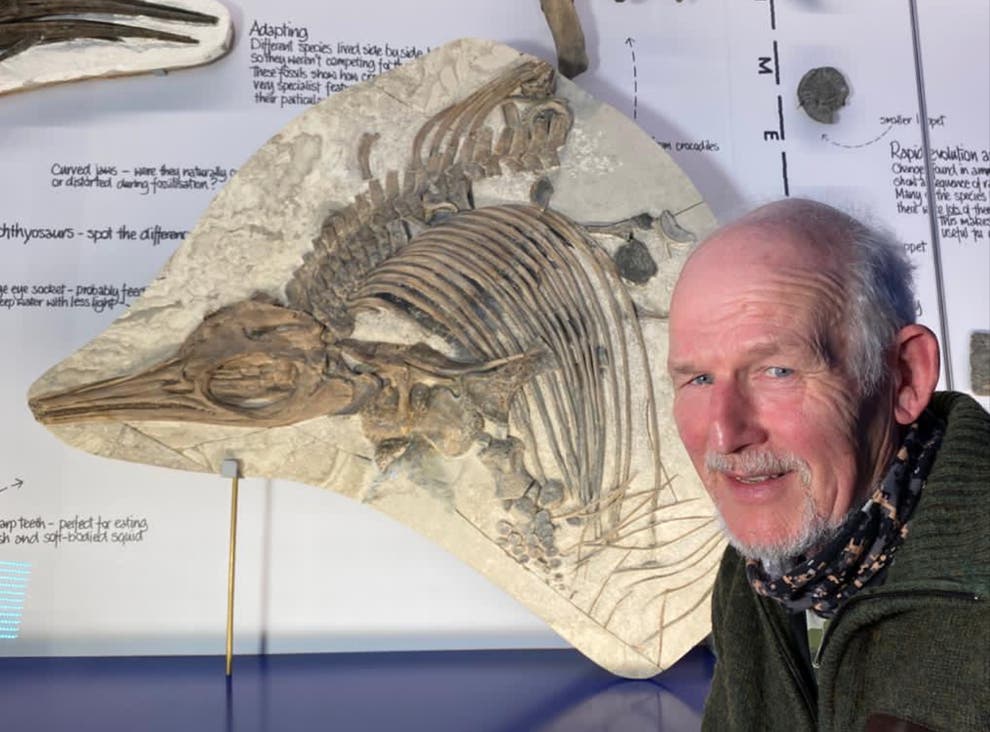They said the sky was predictable, its movements cataloged and explained. But last month, that illusion shattered. A cold, angular silhouette sliced through the void—too perfect, too distant, too unknown. It wasn’t a comet or an asteroid. It was something else, defying every natural law we thought we understood. Scientists named it Threeey Atlas, a name that failed to capture the unease it brought. This wasn’t just a rock from another star system. It moved too cleanly, rotated too evenly, and reflected too much light for its size. It behaved less like a fragment and more like a machine.
When the James Webb Space Telescope captured its first image, it didn’t just send back pixels—it sent a warning. Perhaps we are not alone. Perhaps we never were. Perhaps someone is watching.
On July 1st, NASA’s Atlas system detected a fast-moving dot, another flicker in the sky. But as telescopes triangulated its path, astronomers realized something was wrong. It was too fast—blazing at over 152,000 mph on a hyperbolic trajectory, originating beyond our solar system. Only two other objects had ever done that, but this was different. It moved parallel to our solar system’s plane, threading between inner planets, timing its closest solar approach when Earth was on the opposite side, out of view. This wasn’t just unusual—it was strategic, as if designed to evade observation.
Its trajectory pointed not to the Kuiper Belt or Oort Cloud, but to the Milky Way’s center. No natural object could survive such a journey with such control. When the James Webb Telescope was redirected, its data changed everything. The object reflected far more light than its size suggested, implying a polished, metal-like surface. Spectral readings showed no comet tail, no outgassing, just a cold, solid, highly reflective structure with controlled heat distribution. One side stayed consistently cooler, like a shielded system. Its rotation was rhythmic, not chaotic, maintaining precise solar orientation. Thermal imaging revealed heat pulses, as if internal systems managed exposure.
The chilling realization hit: this was no wandering rock. It was a vehicle.
Over weeks, the James Webb Telescope deepened the mystery. Unlike celestial objects bound by gravity, Threeey Atlas made subtle course corrections without visible propulsion—no jets, no outgassing. It reacted to its environment, adjusting to solar radiation and magnetic fields. Harvard’s Avi Loeb, who once theorized Oumuamua as an alien probe, urged focus on its non-gravitational acceleration. The data confirmed it: the object navigated.
Most haunting was its silence. NASA’s Goddard Space Flight Center found faint electromagnetic pulses in mathematical sequences—prime numbers, Fibonacci ratios—not noise, but information. These pulses radiated outward, as if maintaining a connection, not broadcasting to Earth. The object’s surface resembled advanced metamaterials, designed to adapt and hide. It wasn’t just observing—it was learning.
As data piled up, a terrifying theory emerged: perhaps this wasn’t the first such visitor, just the first we could see. The object’s angular symmetry and adaptive panels suggested a hybrid of machine and organism, built to evolve in deep space. Then, observation logs went offline, feeds went dark, and NASA restricted data under national security. This wasn’t caution—it was containment. Leaked memos hinted at something too volatile for public release.
Independent researchers analyzing final datasets found patterned heat signatures in prime number intervals, embedded like an encoded message. This wasn’t a broadcast but a code meant for us, at this moment in our technological evolution. Then, Threeey Atlas shifted trajectory—a precise, controlled arc toward an empty region of space. Not a void, perhaps a relay point. It wasn’t drifting—it was leaving with intent.
It came in silence, moved with purpose, and vanished, leaving questions and fear. It didn’t flash lights or beam signals, but its presence was a message. We weren’t visited randomly—we were studied. The James Webb Telescope, built to see the past, captured something alive, not of Earth, in our time. The cosmos’ silence is broken, not by a transmission, but by a presence. Threeey Atlas left a mark—a shift in perception, a scar on our isolation.
What was it? A machine, a probe, a traveler from another time? Share your thoughts below. If this story changed how you see the night sky, subscribe, ring the bell, and share it with someone who thinks we’re the only explorers.

